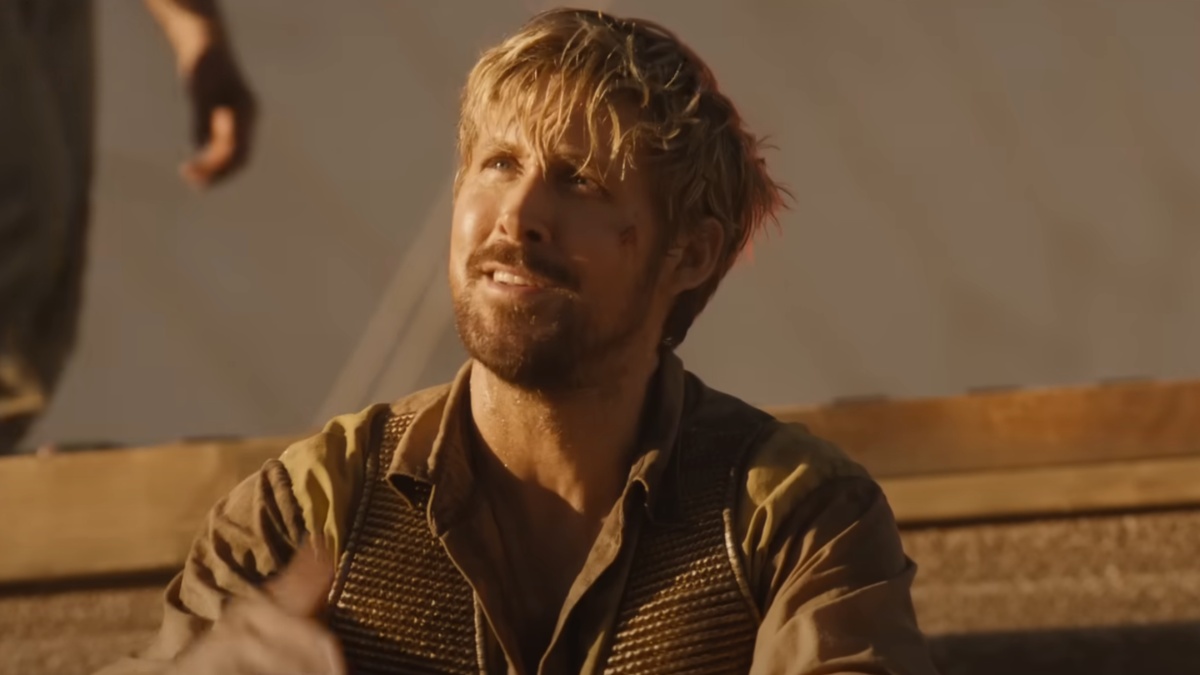Greg Costikyan sits next to me on a white chair. It’s 9:00 a.m. and we’re both on our first cup of coffee. He’s already sharp, though, and his fast-paced, energetic speech quickly brings me around. There’s a lot bouncing around in his head, and I want to catch it all.
We open up by talking about Manifesto Games, Costikyan’s latest venture, launched last year, right around the time he called for the death of the games industry . For those who haven’t heard, Manifesto is Costikyan’s effort to “instantiate indie development and publishing,” allowing indie developers a channel to market and publish the games you’ll never see in an EB or a Best Buy.
He thinks many indie teams’ lack of success is due to a marketing deficiency – a lot of these guys are too busy making games to actually get the word out about their work, and that’s where Manifesto comes in. Costikyan’s hoping to build a cult of personality, casting indie game fans and indie music and film buffs in the same light. In that scene, marketing and scuttlebutt merge, giving Costikyan a unique angle to promote guys from small shops.
On the technical side, Manifesto is similar to Steam, though it’s intended to be a portal rather than an intrusive app. Developers enter into a non-exclusive deal where their games appear on the portal. “I dislike the casual games model where everything is $20 regardless of its actual merit,” he says. So, small games will start “retailing” at $5, and European AAA titles developers don’t think have a real chance in American stores can go for as much as $45.
According to Greg, “PC gamers are getting Xbox’s sloppy seconds,” and that’s something he wants to change. Costikyan’s trying to serve “a market niche that doesn’t work in conventional retail,” which means his arsenal should boast a lot of genres you haven’t seen in a while. Think shmups, serious games, old-school platformers and the like.
Aside from Manifesto’s business model, we also speak about where he thinks games are going. I ask him whether he thinks scratchware auteurs are the only people who can innovate, or if it’s possible to create something new in a normal development environment if you’re not Will Wright. Before he answers, he pauses to note it’s not entirely accurate to use he term “auteur,” since creating a game is inherently a collaborative process, and then says, “Maybe it’s individual creative vision, maybe it’s a vision that comes out of a small team. [But] once you start having teams of hundreds of people … [with] marketing people desperate about how they’re going to make back the $15m marketing budget … and all those kinds of commercial pressures, it becomes very difficult to innovate.”
I asked Costikyan what the future holds. His “ultimate goal” is to act as a more traditional publisher when money’s better. He also has a pretty rad idea for his first E3 booth: A booth with a bare concrete floor and steel chairs, with signs reading, “Gameplay over glitz; no booth babes here.”
Costikyan really sums up where he’s going by borrowing some Trip Hawkins wisdom: “There’s a missing billion dollars here.”




Published: May 10, 2006 02:58 pm